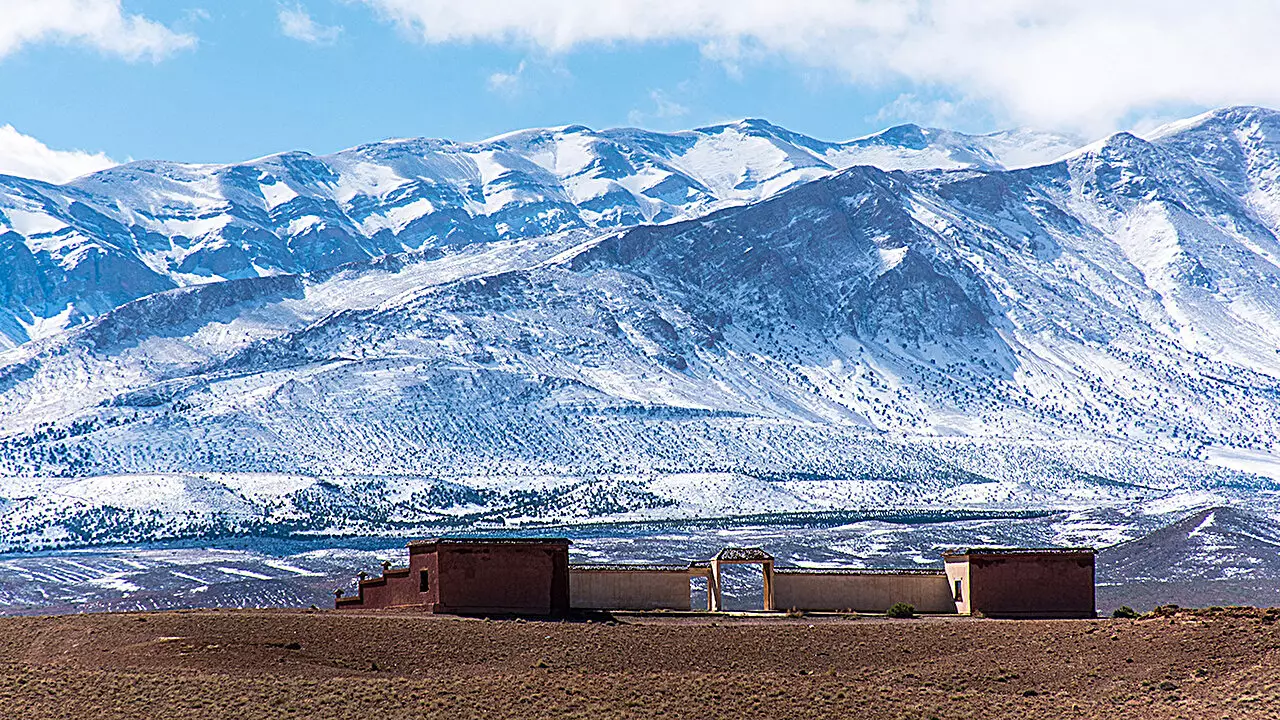In September 2023, a powerful magnitude 6.8 earthquake hit western Morocco, resulting in widespread damage and loss of life in remote areas of the High Atlas Mountains. This event was particularly devastating as it had been over six decades since the last major earthquake in the region, leaving the communities ill-prepared for such a disaster.
Most of Morocco’s seismic activity typically occurs near the Rif Mountains, north of the epicenter of the 2023 earthquake. However, the High Atlas Mountains, known as the tallest in North Africa, experienced the brunt of the quake. The convergence of the African and Eurasian plates, although slow at only 1 millimeter per year, alongside mantle upwelling, plays a critical role in the formation of the High Atlas peaks.
The Scientific Findings
Research conducted by Kai Huang and his team revealed that the earthquake originated in the Tizi n’Test fault system, approximately 26 kilometers below the earth’s surface. The rupture’s strongest impact was felt at depths ranging from 12 to 36 kilometers, causing displacement of the Moho, the boundary between the crust and mantle. Interestingly, the earthquake’s deeper origination point raises questions about its association with mantle upwelling rather than surface faulting near plate boundaries.
The study published in Geophysical Research Letters emphasizes the need to incorporate data on deeper dynamics within intraplate regions like Morocco. While most seismic hazard models focus on plate boundary interactions, the findings underscore the importance of monitoring regions with slow deformation rates and complex fault structures to prevent future catastrophic events.
The 2023 earthquake in Morocco serves as a stark reminder of the unpredictable nature of seismic activity and the necessity of comprehensive geological studies to better understand and prepare for such disasters. By delving into the deeper dynamics at play, researchers can improve seismic hazard assessments and potentially save lives in high-risk regions like the High Atlas Mountains.


Leave a Reply